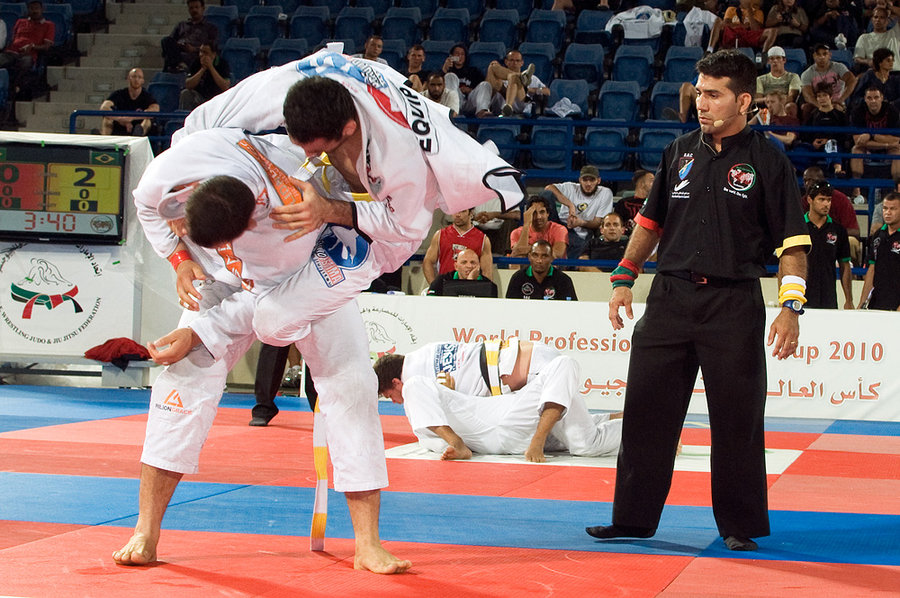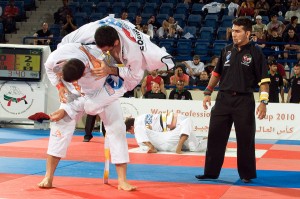In order to fully immerse yourself in the art of JiuJitsu and all of its principles, it’s important that you take a look at its history and how it came to be.
The Samurai of Japan
While it is true that we have the Buddhist monks of India to thank for the makings of Jiu-Jitsu or Ju-Jitsu, it’s more modern form actually came from Japan.
Jiu-Jitsu, after all, was the art of the warriors of Japan, the Samurai.
It’s well-known that samurai fought on the back of their horses, with a sword and were well-armored. But, what’s not known is that despite disarmed, samurai were fairly capable warriors all thanks to their Jiu-Jitsu.
Evolving to include various joint-locks, strangles, throwing and a bunch of other striking movies, Jiu-Jitsu was an effective battlefield art for the heavily armored Samurai of Japan.
1800s
Around the 19th Century, Jiu-Jitsu branched into several styles or so-called “ryu”. Most styles were still similar, though, especially in the use of strikes, grapples, as well as disarms and weapon-based attacks.
The 19th century was also the time of emergence of Jigoro Kano and his style based on “randori”, the practice of resisting opponents. This was a completely radical idea at the time, one that would evolve into what we now know as Judo.
Migration to Brazil
Mitsuo Maeda, a student of Kano, immigrated in 1914 to Brazil from his home country of Japan. Associated by local politician, George Gracie, Maeda taught jiu-jitsu to George’s son Carlos Gracie as a token of gratitude. Later on, Carlo would share his knowledge with a few of his brothers and would later on open Brazil’s first jiu-jitsu academy with them in 1925.
Over the years, Carlos and Helio Gracie, along with their students, sought to refine their art via no-rules fights, both on the streets and in public challenge matches. Specifically, the focus of their attention was on submission ground fighting, which then would allow smaller men to defend against much larger attackers.
By the 1970’s, Rolls Gracie began to refine the art even more. He’d incorporate wrestling moves, among many other things and devised the very first few point and rule systems for jiu-jitsu specific competition.
Today
By 1993, Royce Gracie put JiuJitsu into the spotlight by dominating all four of his opponents in one night. That very same night, the whole world knew what BJJ was and what BJJ fighters were capable of.
Thanks to his efforts, BJJ has become one of the fastest growing martial arts in the world of today, with thousands of jiu-jitsu academies now spread throughout the whole world. It’s even become imperative for every fighter to have, at least, working knowledge of what jiu-jitsu is and what it’s all about to have any chance of success in the brutal world of MMA.
Much like any art, Brazilian JiuJitsu or simply, JiuJitsu, for that matter, still continues to evolve and be refined up until today, all thanks to its practitioners.

